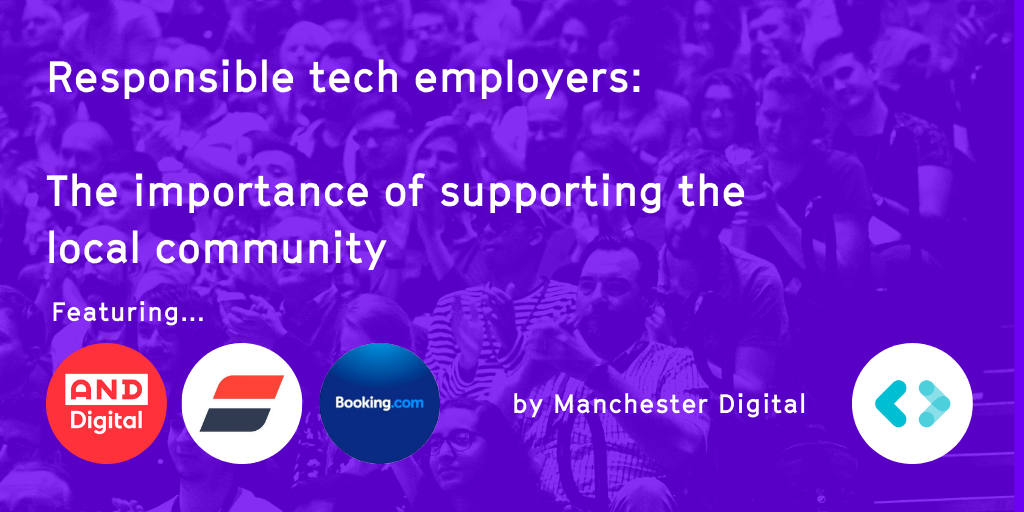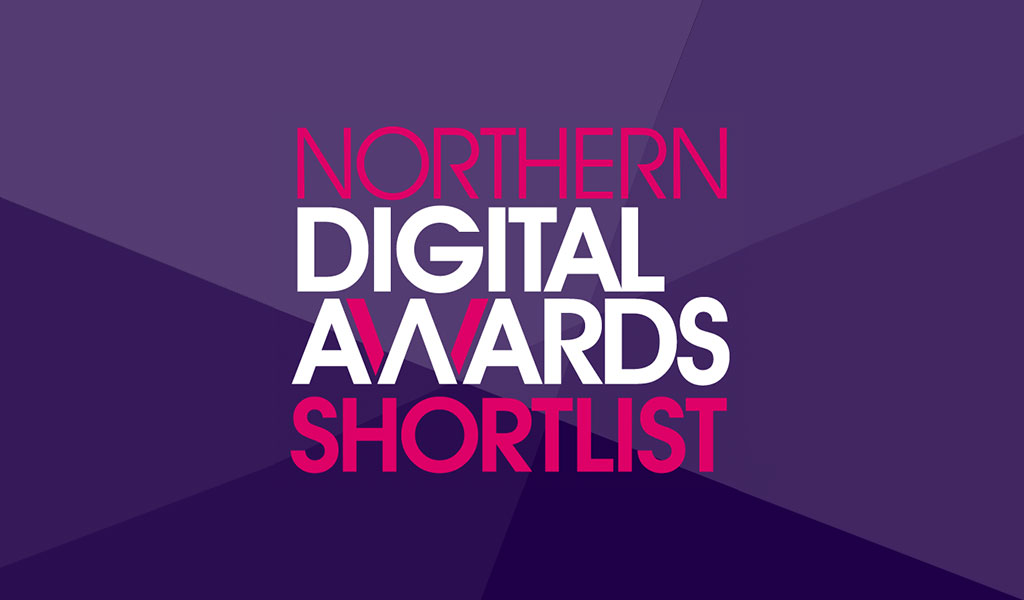
10 Steps to Online Community Success
All of us are missing all of us. Events cancelled, restaurants and pubs closed, family members unseen for months at a time. It is hard. And when you are a membership sector professional – leading an organisation dedicated to connecting members with each other – there is a special kind of pain. Online interactive environments are a terrific pain killer. Feeling intimidated by the prospects of online community adoption by your organisation? Don’t know where to start? Fear not! You are only 10 steps away.
 How to build an online community successfully.
How to build an online community successfully.
Set Your Goals
What do you want to get out of online community? More member engagement? Better insight into member needs? More revenue from events and renewals? These are all legitimate – and quantifiable -- community goals. Let the potential financial impact of achieving these goals inform your budget and your platform selection process. Community is an investment.
Choose a Platform
Base community features are common across platforms, but there is one important rule; do not consider any solution that doesn’t summarise community content in email. if you are just starting your community journey, consider open source solutions for low price, easy customisations, integration flexibility, and minimal commitment. Community data can be ported from one platform to another. A future change won’t pose a technical problem so choose with confidence.
Oversee the Integration
Count on your community vendor or consultancy to perform this work for you. If your login provider or CRM don’t allow, look for a solution that can pre-populate your community and offer easy tools to update from a spreadsheet. There are hundreds of thriving membership communities with no CRM integration; it is not a deal breaker.
Make it Yours
Branding and design; don’t sweat this. Leading community platforms anticipate adoption of your colours, logo, fonts and more. A full design pass can be essential to some community strategies and there can be unlimited opportunities for a “designmeister” to do cool stuff. But fret not if JavaScript or CSS skills aren’t in your toolkit. Your community vendor or consultancy should have this covered.
Confirm Your Staff Roles
Who does what? Anticipate the platform vendor or consultancy will do the technical heavy lifting. But staff will lead the implementation project from the client side, learn to use the platform, lead the community seeding, and more. The community manager will have specific tasks before, at, and after launch. While one staff person can do all this, that need not be the case. Volunteers before and after launch make a world of difference. Ensure staff knows the goals and commits to the tasks that lead to goal accomplishment.
Adopt a Community Strategy
This is where so many organisations make a misstep. Yes, integrations can make all your sections, regions, special interest groups, committees and more be pre-populated and always in sync. But your local leaders, chairs, volunteers and trustees need to know what online community is before they “change everything” and embrace it. Community groups with no activity are poisonous. Map to your goals, starting with all-members areas and establish community value before expanding to smaller groups. A community strategy that doesn’t ramp up is a cliff.
Ensure External Notifications
Consider the community outputs to email, inclusion of community feeds in websites, and other channels such as a mobile app – these are vitally important. Ensure an attractive summary of community activity comes to your members on a regular basis following community launch. First-time visitors come to the community from email more than any other source.
Recruit Volunteers
Your members love you, but the information they need is in the heads of their fellow members. Recruit volunteers based on their expertise, leadership and enthusiasm to take an active role in the community before and after launch.
Seed Your Community Garden
Identify knowledge gaps and fill them with thought leadership before launch. Put your volunteers to work ensuring that every segment has robust content and reflects thought leadership in evidence. Can’t find compelling content for a segment? Don’t launch that segment. Content from existing website content, blogs, journal articles, news stories and more make for great seeds. Plant them across the community and sprout some conversations from leading members.
Launch!
Go for it, turn it on with all marketing channels blazing. Expect weekly community management activities to consume 10 to 20 hours of the first two weeks of launch before they settle down to half that time commitment within a month or two.
 Launch a successful online community.
Launch a successful online community.
How long does it take to make this 10-step journey? Cantarus has partnered with organisations to launch a thriving, CRM-integrated community in as little as four weeks. We’ll be happy to help you understand the finer points.








